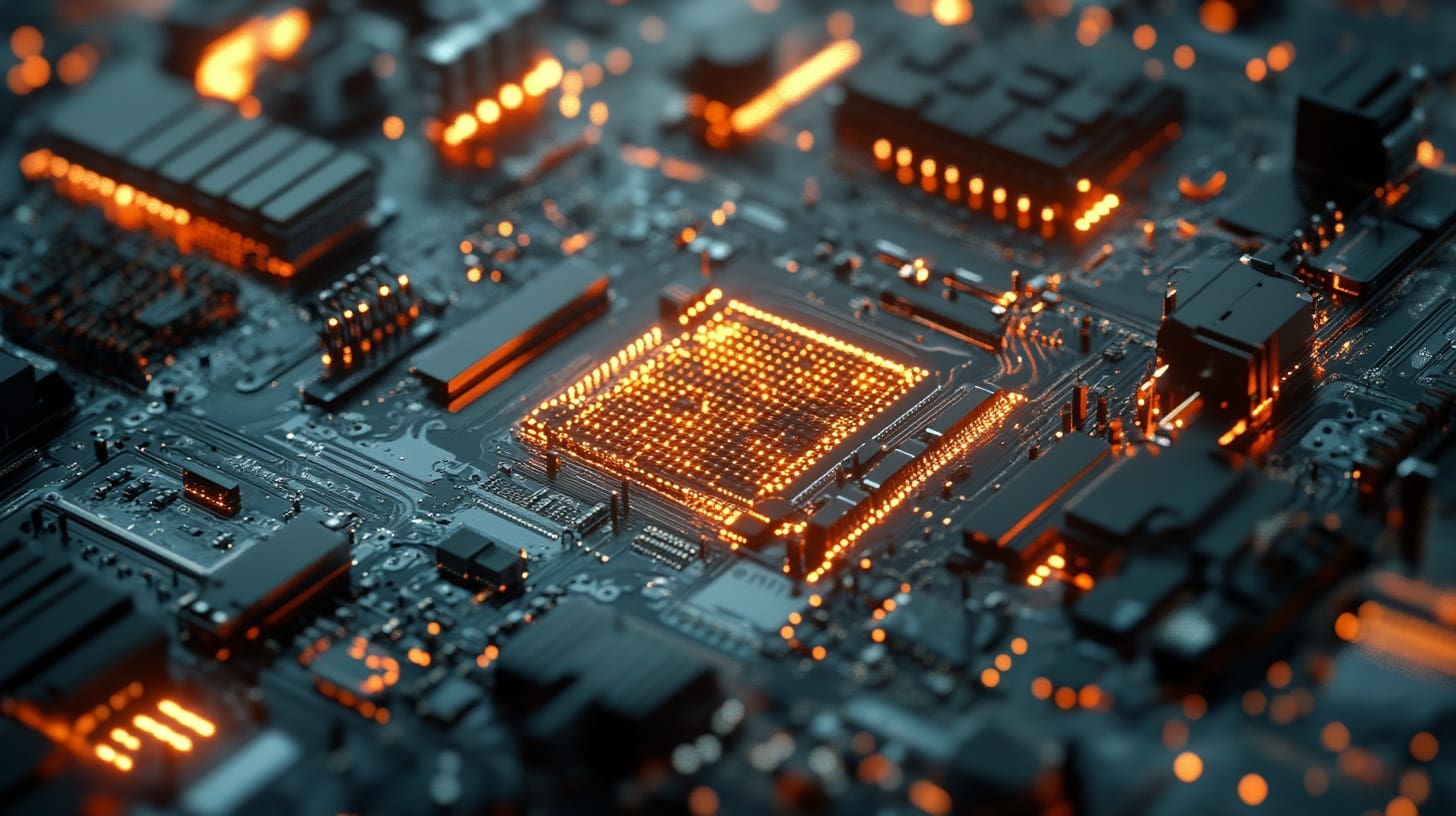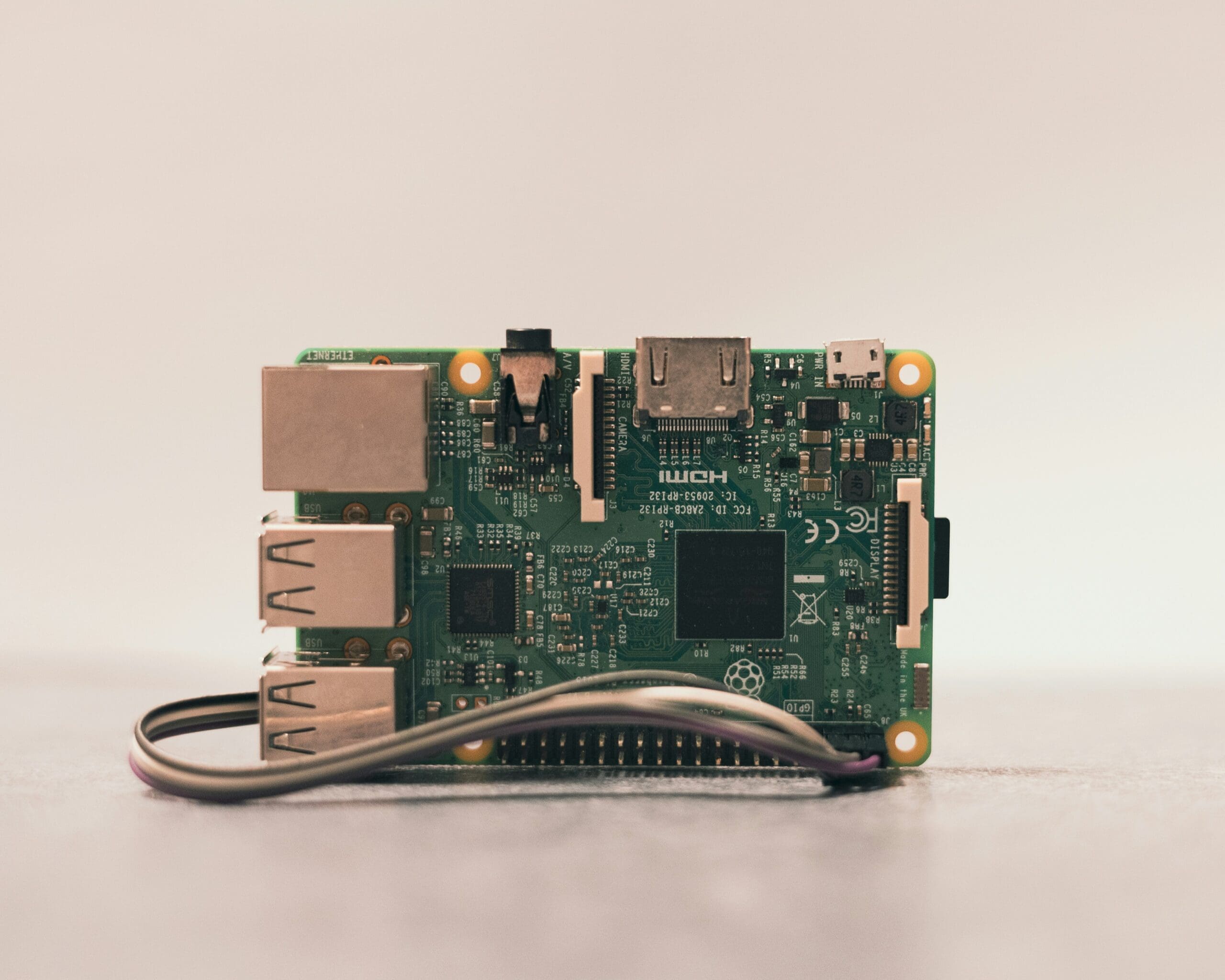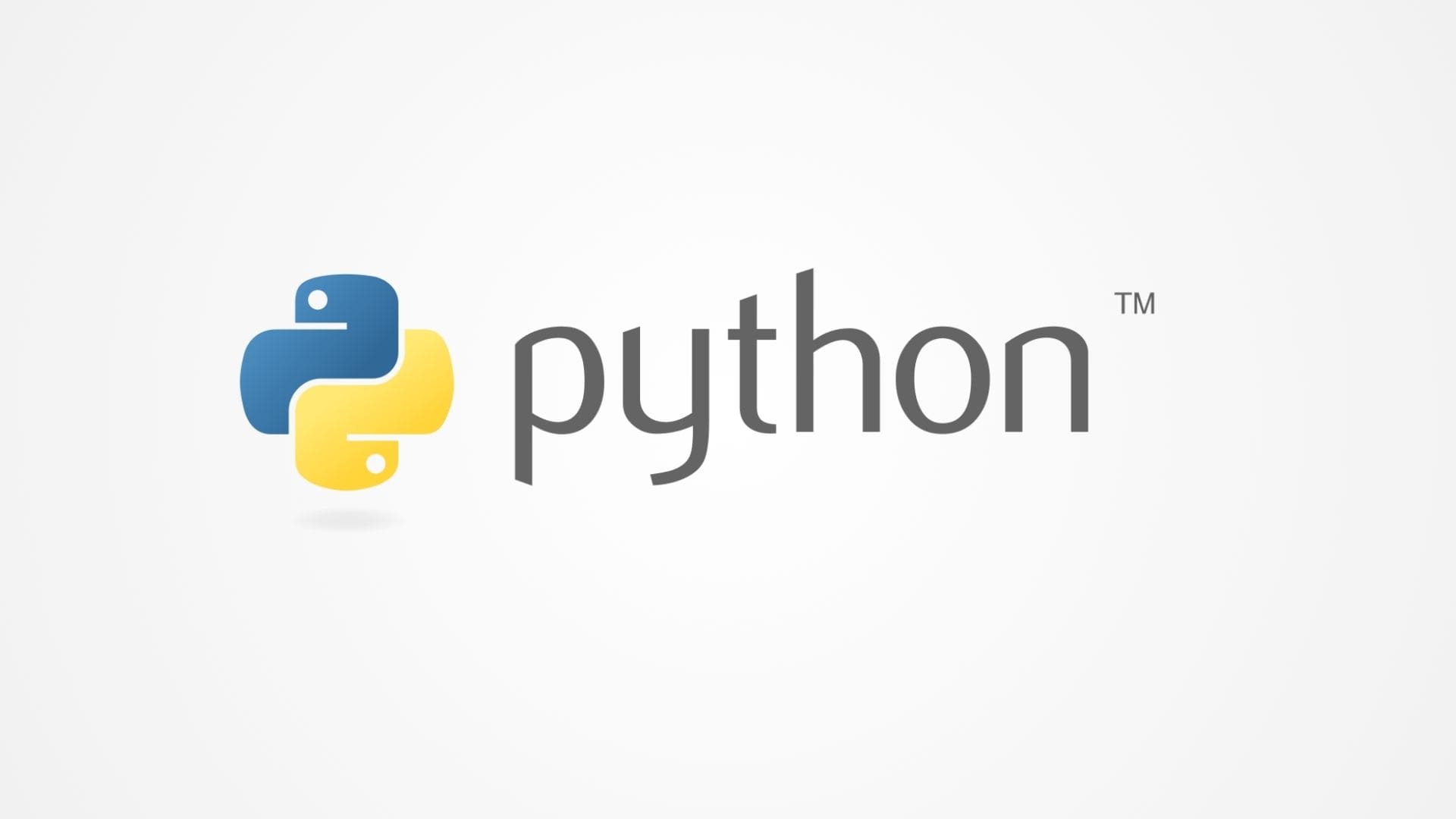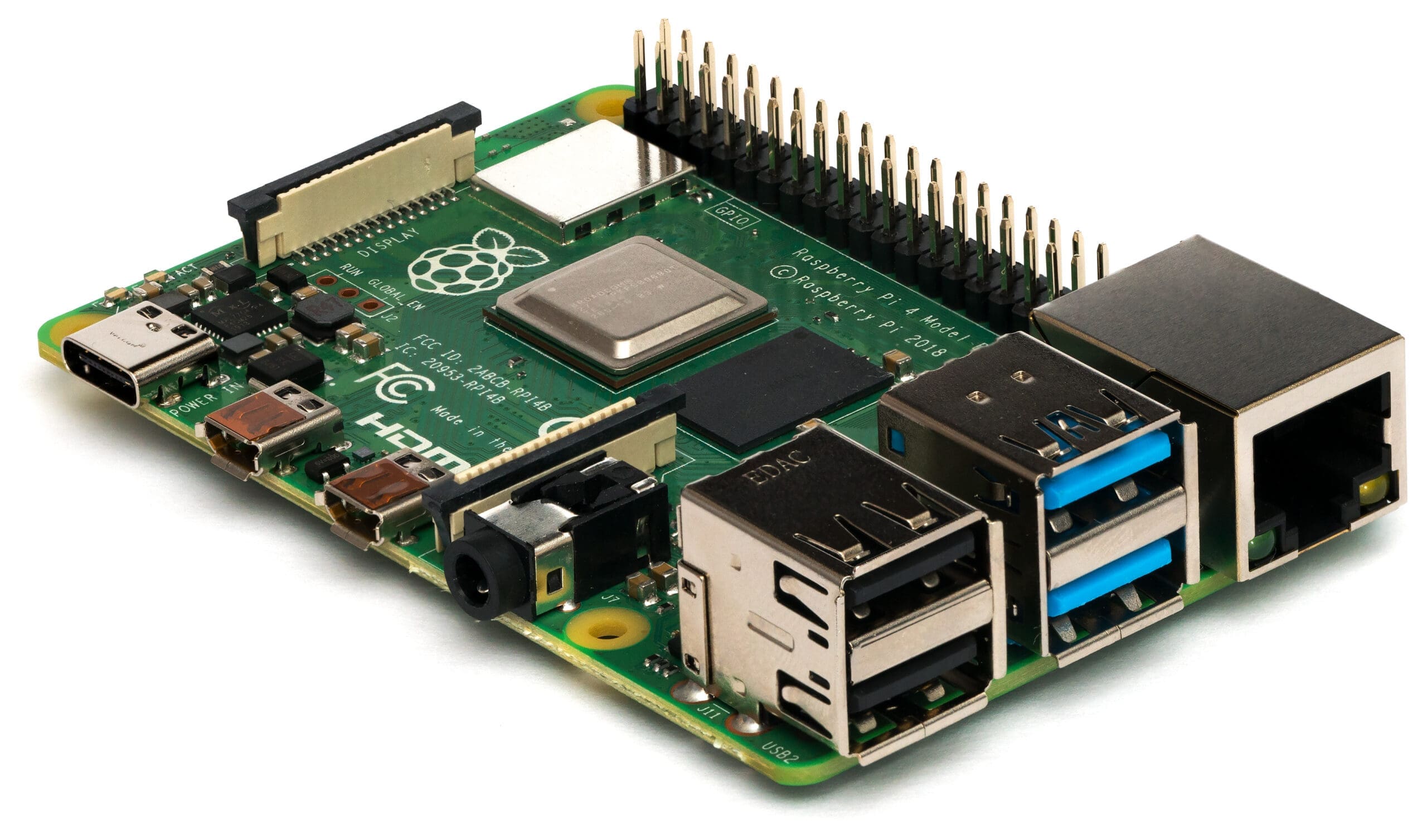Arduino boards are at the heart of countless DIY projects, educational tools, and professional prototyping environments. They are known for their versatility, ease of use, and extensive community support, making them a go-to choice for beginners and experts alike. With a wide variety of boards available, each designed with specific features and use cases, understanding the differences between popular models like the Arduino Uno, Mega, Nano, and others can help you choose the right board for your project.
Arduino boards are microcontroller-based platforms that allow users to interact with the physical world through inputs (like sensors) and outputs (such as motors and LEDs). Each board in the Arduino family offers different capabilities, including varying numbers of input/output pins, memory sizes, processing speeds, and connectivity options. Whether you are building a simple LED blinker, a robotic arm, or an Internet of Things (IoT) device, selecting the right Arduino board can significantly impact the performance and complexity of your project.
In this article, we will explore some of the most popular Arduino boards, including their features, specifications, and ideal use cases. By understanding the strengths and limitations of each board, you’ll be better equipped to choose the one that best fits your needs.
The Arduino Uno
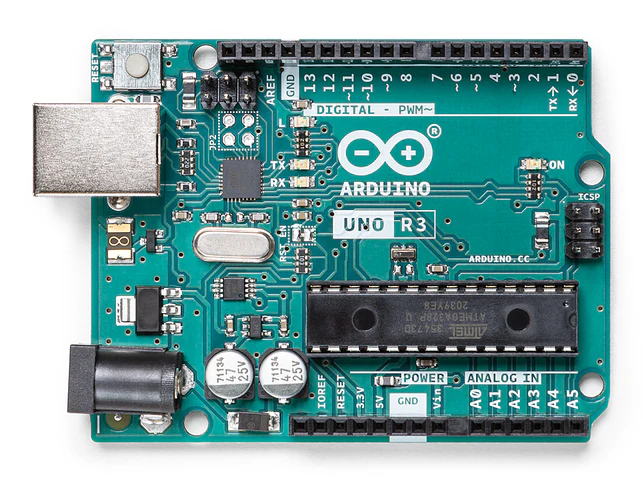
The Arduino Uno is arguably the most popular and widely used Arduino board, making it an excellent choice for beginners and a reliable option for seasoned developers. It is often considered the standard board for learning and prototyping due to its balance of simplicity, functionality, and extensive community support.
Key Features of Arduino Uno:
- Microcontroller: ATmega328P
- Operating Voltage: 5V
- Input Voltage (recommended): 7-12V
- Digital I/O Pins: 14 (6 PWM outputs)
- Analog Input Pins: 6
- Flash Memory: 32 KB (0.5 KB used by bootloader)
- SRAM: 2 KB
- EEPROM: 1 KB
- Clock Speed: 16 MHz
Advantages of the Arduino Uno:
- Ease of Use: The Uno’s design is straightforward, making it easy to get started with basic electronics and programming. Its clear labeling of pins and simple connections make it accessible for beginners.
- Extensive Libraries and Community Support: The Uno benefits from a vast library of code examples and tutorials, which simplify the process of getting components to work with your board.
- Versatile: With 14 digital I/O pins, 6 analog inputs, and support for various shields, the Uno can handle a wide range of projects, from simple LED blinkers to more complex sensor-based systems.
Ideal Use Cases:
- Education and Learning: The Uno is perfect for those new to microcontrollers, providing a solid foundation for learning the basics of coding and circuit design.
- Prototyping: Its easy-to-use design and broad compatibility with sensors, actuators, and shields make it a great tool for quickly testing and developing new ideas.
- Simple IoT Projects: While not specifically designed for IoT, the Uno can be used with Wi-Fi or Bluetooth modules to create basic connected devices.
The Arduino Mega

The Arduino Mega is a more powerful version of the Uno, designed for projects that require more input/output pins, additional memory, and enhanced processing power. It is ideal for complex applications that need to handle multiple sensors, motors, or displays simultaneously.
Key Features of Arduino Mega:
- Microcontroller: ATmega2560
- Operating Voltage: 5V
- Input Voltage (recommended): 7-12V
- Digital I/O Pins: 54 (15 PWM outputs)
- Analog Input Pins: 16
- Flash Memory: 256 KB (8 KB used by bootloader)
- SRAM: 8 KB
- EEPROM: 4 KB
- Clock Speed: 16 MHz
Advantages of the Arduino Mega:
- High Pin Count: The Mega provides a significant number of digital and analog pins, making it suitable for projects that need to connect many sensors, LEDs, or other components.
- Large Memory Capacity: With 256 KB of flash memory, the Mega can handle larger and more complex sketches compared to the Uno. This is particularly useful for projects involving data logging, large libraries, or complex computations.
- Multiple Serial Ports: Unlike the Uno, which has only one hardware serial port, the Mega has four. This feature is useful for projects that require communication with multiple devices simultaneously, such as GPS modules, Bluetooth, and other serial peripherals.
Ideal Use Cases:
- Robotics and Automation: The Mega’s high number of I/O pins and multiple serial ports make it perfect for controlling robots, CNC machines, or home automation systems where numerous sensors and actuators need to be managed.
- Large Displays and Complex Interfaces: Projects that involve driving large displays, such as LCDs or LED matrices, benefit from the Mega’s increased memory and processing power.
- Advanced Data Logging: The Mega’s large SRAM and EEPROM capacities allow it to handle substantial data storage and processing, making it ideal for logging environmental data, tracking systems, or any application requiring significant data management.
The Arduino Nano

The Arduino Nano is a small, compact version of the Uno that retains much of the same functionality in a more miniature form factor. Its size makes it ideal for projects where space is limited, and it’s popular in wearable tech, portable devices, and compact embedded systems.
Key Features of Arduino Nano:
- Microcontroller: ATmega328P
- Operating Voltage: 5V
- Input Voltage (recommended): 7-12V
- Digital I/O Pins: 14 (6 PWM outputs)
- Analog Input Pins: 8
- Flash Memory: 32 KB (0.5 KB used by bootloader)
- SRAM: 2 KB
- EEPROM: 1 KB
- Clock Speed: 16 MHz
Advantages of the Arduino Nano:
- Compact Size: The Nano’s small footprint makes it ideal for projects with limited space, such as wearable devices, miniaturized gadgets, or embedded systems.
- Breadboard-Friendly: Its pin layout is designed to fit perfectly on a breadboard, simplifying the prototyping process for small-scale projects.
- Similar to the Uno: Despite its smaller size, the Nano offers nearly identical functionality to the Uno, making it a familiar and powerful tool for those who have already worked with other Arduino boards.
Ideal Use Cases:
- Wearables and Portable Projects: The Nano’s small size and low power consumption make it perfect for wearable tech, such as fitness trackers, smart clothing, or portable sensors.
- Embedded Systems: Ideal for integrating into permanent installations where space is at a premium, such as smart home devices, DIY drones, or compact robotics.
- Educational Kits: Often included in Arduino starter kits, the Nano is a great board for students and educators due to its affordability and ease of use in small projects.
Choosing the Right Arduino Board
When selecting an Arduino board, consider the requirements of your project, including the number of input/output pins, processing power, memory needs, and physical size. The Uno, Mega, and Nano each offer unique strengths that cater to different applications, from simple experiments to advanced, multi-faceted systems.
- Use the Uno if you are a beginner, need a general-purpose board, or want to explore a wide range of basic to moderately complex projects.
- Choose the Mega if your project requires a high number of I/O pins, more memory, or needs to communicate with multiple devices at once.
- Opt for the Nano if space is a constraint, and you need a compact board with the core functionality of the Uno in a smaller package.
As you become more familiar with Arduino, exploring other boards tailored to specific tasks—such as those with built-in Wi-Fi or Bluetooth, or those designed for low-power consumption—will further expand your capabilities and allow you to tackle increasingly ambitious projects.
Exploring More Arduino Boards: Micro, Due, Leonardo, and More
The Arduino Micro

The Arduino Micro is a compact, breadboard-friendly board that combines the functionality of the Uno with a smaller form factor and additional capabilities. It’s particularly popular for projects that require a small, lightweight design, such as portable gadgets, wearable devices, and embedded systems.
Key Features of Arduino Micro:
- Microcontroller: ATmega32U4
- Operating Voltage: 5V
- Input Voltage (recommended): 7-12V
- Digital I/O Pins: 20 (7 PWM outputs)
- Analog Input Pins: 12
- Flash Memory: 32 KB (4 KB used by bootloader)
- SRAM: 2.5 KB
- EEPROM: 1 KB
- Clock Speed: 16 MHz
- USB Communication: Native USB support (can act as a mouse, keyboard, etc.)
Advantages of the Arduino Micro:
- Native USB Communication: The ATmega32U4 microcontroller on the Micro has built-in USB communication, allowing the board to emulate a keyboard, mouse, or other USB device directly. This feature is particularly useful in human interface device (HID) projects.
- Small and Breadboard-Friendly: The Micro’s compact design makes it perfect for breadboarding and prototyping without the need for additional connections or space.
- Enhanced I/O Capabilities: With more digital and analog pins than the Nano, the Micro offers greater flexibility for more complex sensor and actuator configurations.
Ideal Use Cases:
- Human Interface Devices (HID): Perfect for building custom keyboards, game controllers, or other input devices that need to interface directly with a computer.
- Compact Embedded Systems: The small size and USB capabilities make the Micro ideal for embedding into finished products where a low-profile form factor is essential.
- Wearable Tech and Portable Projects: Similar to the Nano, the Micro’s size and capabilities make it well-suited for portable or wearable applications.
The Arduino Due
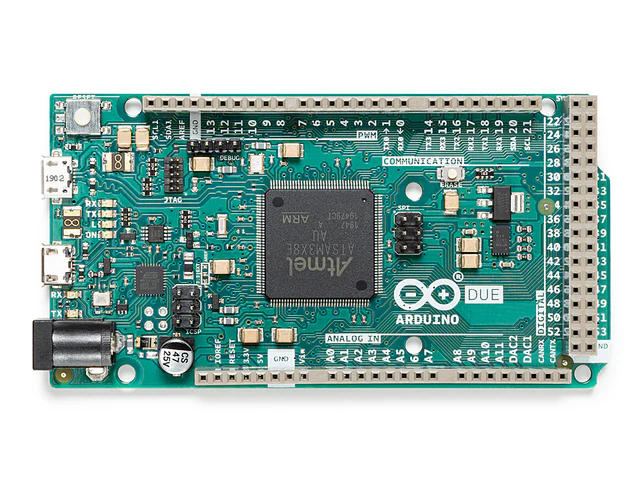
The Arduino Due is one of the most powerful boards in the Arduino family, featuring a 32-bit ARM Cortex-M3 microcontroller that offers significantly more processing power than the 8-bit boards like the Uno and Mega. It’s designed for advanced users and complex applications that require higher speed, greater memory, and additional I/O options.
Key Features of Arduino Due:
- Microcontroller: Atmel SAM3X8E ARM Cortex-M3
- Operating Voltage: 3.3V (not 5V tolerant)
- Input Voltage (recommended): 7-12V
- Digital I/O Pins: 54 (12 PWM outputs)
- Analog Input Pins: 12
- Analog Output Pins: 2 (DAC)
- Flash Memory: 512 KB
- SRAM: 96 KB
- Clock Speed: 84 MHz
Advantages of the Arduino Due:
- High Processing Power: The 84 MHz clock speed and 32-bit architecture provide significant computational capabilities, making the Due ideal for real-time processing tasks.
- Large Memory Capacity: With 512 KB of flash memory and 96 KB of SRAM, the Due can handle larger programs and complex libraries, which are often required in advanced data processing and control applications.
- Multiple Analog Outputs (DAC): Unlike other Arduino boards, the Due includes two digital-to-analog converters (DACs), allowing it to output true analog voltages, which is useful in audio generation and waveform control.
Ideal Use Cases:
- Robotics and Automation Systems: The Due’s processing power and extensive I/O capabilities make it perfect for controlling complex robots, drones, or industrial automation setups.
- Signal Processing and Audio Applications: The fast processing speed and true analog outputs enable the Due to perform tasks like audio synthesis, signal filtering, and real-time data analysis.
- Large-Scale IoT Projects: The Due can manage multiple sensors and actuators efficiently, making it ideal for IoT applications that require high-speed data collection and processing.
The Arduino Leonardo

The Arduino Leonardo is similar to the Micro in that it also uses the ATmega32U4 microcontroller with native USB capabilities. However, it comes in a larger form factor similar to the Uno, providing a blend of enhanced USB functionality and familiar pin layout.
Key Features of Arduino Leonardo:
- Microcontroller: ATmega32U4
- Operating Voltage: 5V
- Input Voltage (recommended): 7-12V
- Digital I/O Pins: 20 (7 PWM outputs)
- Analog Input Pins: 12
- Flash Memory: 32 KB (4 KB used by bootloader)
- SRAM: 2.5 KB
- EEPROM: 1 KB
- Clock Speed: 16 MHz
- USB Communication: Native USB support (can act as a mouse, keyboard, etc.)
Advantages of the Arduino Leonardo:
- Built-In USB Capabilities: Like the Micro, the Leonardo can emulate USB devices, making it ideal for creating custom input devices or HID applications.
- Familiar Layout: Its pin configuration and size are similar to the Uno, making it easy to use with standard shields and accessories.
- Increased I/O Versatility: The additional analog inputs and digital I/O pins provide more flexibility for complex projects without sacrificing the ease of use.
Ideal Use Cases:
- Custom Controllers: Ideal for projects where the board needs to interact directly with a computer as a keyboard, mouse, joystick, or other USB device.
- Education and Prototyping: Its user-friendly design and advanced capabilities make the Leonardo a great choice for teaching programming and electronics, especially when USB integration is a focus.
- Interactive Art and Installations: Used in interactive projects that require direct human-computer interaction, such as art installations where motion, light, or touch control on-screen elements.
Other Notable Arduino Boards
- Arduino Pro Mini: A miniature version of the Arduino, designed for advanced users who want a low-cost, compact board that can be embedded into finished projects. It lacks onboard USB, so you need an external programmer (FTDI) to upload code.
- Arduino Zero: A powerful 32-bit ARM-based board that serves as a bridge between traditional Arduino boards and more complex embedded systems. The Zero is ideal for IoT and wearable applications due to its small form factor and advanced processing power.
- Arduino MKR Series: These boards are tailored for IoT applications with built-in wireless communication options like Wi-Fi, Bluetooth, LoRa, or GSM. The MKR series combines the compact size of the Nano with the power and connectivity of advanced Arduino boards, making them perfect for smart devices and connected projects.
- Arduino LilyPad: Specifically designed for wearable projects, the LilyPad’s flat, circular design makes it easy to sew into fabric. It’s commonly used in e-textiles and fashion tech, allowing for the integration of electronics into clothing and accessories.
- Arduino Nano Every: An enhanced version of the classic Nano, offering more processing power, additional memory, and a modern USB-C connector. It’s ideal for projects that require the Nano’s compact size but need more capabilities.
Choosing the Right Board for Advanced Applications
Selecting the right Arduino board depends on your specific project needs, such as processing speed, memory, pin count, and connectivity options. As you expand into more complex or specialized applications, you’ll need to consider these factors:
- For USB HID Projects, like custom keyboards or controllers, the Arduino Micro or Leonardo is a strong choice due to their native USB capabilities.
- If You Need High Processing Power, multiple serial communications, or true analog output, the Arduino Due offers advanced features that are unmatched by other boards in the Arduino lineup.
- For Compact, Embedded Applications, where space is at a premium, consider the Arduino Nano or Pro Mini, which offer core Arduino functionality in a smaller package.
- For IoT and Wireless Applications, the Arduino MKR series provides integrated communication options and low power consumption, making them ideal for connected devices.
By understanding the strengths and limitations of each Arduino board, you can better match your project’s requirements to the appropriate hardware, ensuring optimal performance and efficiency.
Specialized Arduino Boards and Future Trends in Arduino Development
Arduino MKR Series: Tailored for IoT Applications

The Arduino MKR series was developed specifically for IoT (Internet of Things) applications, offering a combination of compact size, powerful processing, and integrated connectivity options like Wi-Fi, Bluetooth, LoRa, GSM, and NB-IoT. These boards are designed to make it easy for developers to create connected devices that can collect, send, and receive data over the internet.
Key Features of Arduino MKR Series:
- Microcontroller: SAMD21 Cortex-M0+ 32-bit ARM MCU
- Operating Voltage: 3.3V (I/O pins are not 5V tolerant)
- Connectivity Options: Vary by model (Wi-Fi, Bluetooth, LoRa, GSM, NB-IoT)
- Flash Memory: 256 KB
- SRAM: 32 KB
- Clock Speed: 48 MHz
- USB Communication: USB-C for programming and power
Advantages of the MKR Series:
- Integrated Connectivity: Each MKR board includes built-in connectivity options, reducing the need for additional shields or modules, which simplifies design and reduces overall project size.
- Low Power Consumption: MKR boards are optimized for low power consumption, making them ideal for battery-powered and energy-efficient applications such as remote sensors and portable devices.
- Advanced 32-bit Processing: The 32-bit ARM microcontroller provides significantly more processing power than the classic 8-bit Arduino boards, enabling more complex data processing and faster performance.
Ideal Use Cases:
- Smart Agriculture: Use MKR boards with LoRa connectivity for remote monitoring of soil moisture, temperature, and other environmental parameters to optimize crop management.
- Wearable Devices: The compact size and wireless capabilities make MKR boards suitable for wearables that track fitness data or health metrics and sync with mobile apps.
- Smart Home Automation: MKR boards with Wi-Fi or Bluetooth can control lights, thermostats, and security systems, allowing users to manage their home environment remotely.
Arduino Portenta Series: High-Performance Boards for Professional Applications
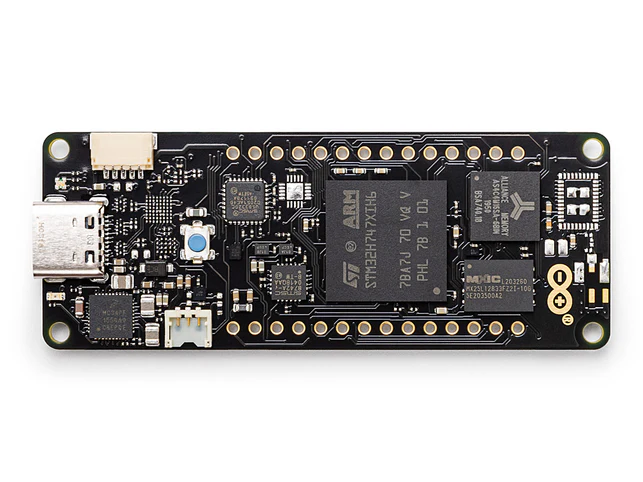
The Arduino Portenta series represents a new class of Arduino boards aimed at industrial and professional applications. These boards are designed for developers who need more power, security, and versatility than what traditional Arduino boards offer. The Portenta H7, for example, is a dual-core board that can run high-level code, including AI algorithms, and low-level real-time operations simultaneously.
Key Features of Arduino Portenta H7:
- Microcontroller: Dual-core STM32H747 (Cortex-M7 at 480 MHz + Cortex-M4 at 240 MHz)
- Operating Voltage: 3.3V
- Connectivity: Wi-Fi, Bluetooth, and Ethernet
- Flash Memory: 16 MB
- SRAM: 8 MB
- Video Output: Supports external displays via MIPI DSI interface
- USB-C Interface: High-speed communication and power delivery
Advantages of the Portenta Series:
- Dual-Core Processing: The dual-core architecture allows the Portenta to handle complex computations, AI processing, and real-time tasks without slowing down performance.
- Industrial Grade Features: Designed for rugged environments, the Portenta series includes advanced security features, low-power modes, and industrial temperature range tolerances, making it suitable for professional use in challenging conditions.
- Expandable Capabilities: The Portenta supports high-speed peripherals, video output, and can be programmed with high-level languages like MicroPython, making it adaptable to a wide range of applications.
Ideal Use Cases:
- Edge AI and Machine Learning: Use the Portenta H7 to deploy AI models directly on the board for real-time decision-making, such as image recognition, predictive maintenance, and smart sensors.
- Industrial Automation: The Portenta’s robust design and processing power make it suitable for controlling machinery, monitoring production lines, and integrating with SCADA systems.
- Smart City Infrastructure: Implement the Portenta in smart city projects, such as traffic monitoring, environmental sensing, or intelligent lighting systems that require high performance and reliability.
Arduino Yún: Bridging the Gap Between Arduino and Linux
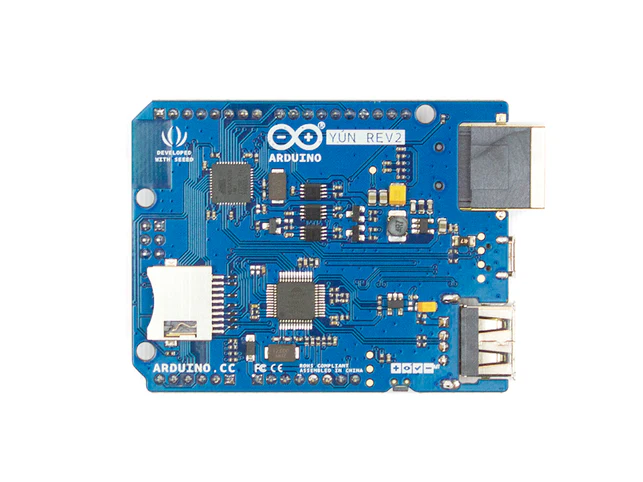
The Arduino Yún combines the ease of Arduino with the power of Linux, providing a unique platform for developers who need the capabilities of both. It features a dual-processor architecture, with an ATmega32U4 microcontroller handling real-time operations and an Atheros AR9331 processor running a Linux distribution (OpenWrt) for network communication and more complex tasks.
Key Features of Arduino Yún:
- Microcontroller: ATmega32U4
- Processor: Atheros AR9331 (400 MHz, MIPS architecture)
- Operating Voltage: 5V
- Connectivity: Wi-Fi and Ethernet
- Flash Memory (Microcontroller): 32 KB
- Linux Processor Storage: 16 MB Flash, 64 MB DDR2 RAM
Advantages of the Arduino Yún:
- Dual-Processor Architecture: Separates the real-time processing of the microcontroller from the high-level tasks of the Linux processor, allowing for complex networking, file handling, and database interactions.
- Seamless Networking: With built-in Wi-Fi and Ethernet, the Yún is ideal for IoT projects that need to connect to cloud services, APIs, or remote servers.
- Linux Flexibility: The Linux processor can run scripts, handle web interfaces, and perform tasks typically beyond the scope of traditional microcontrollers.
Ideal Use Cases:
- IoT Gateways: Use the Yún as a bridge between sensor networks and the internet, collecting data from Arduino-compatible sensors and transmitting it to cloud platforms.
- Remote Data Logging and Control: Perfect for applications that need robust data handling and remote access capabilities, such as environmental monitoring stations that upload data to the web.
- Web Servers and API Integration: The Yún can act as a standalone web server, hosting control panels, dashboards, or connecting with third-party APIs to expand its functionality.
Trends in Arduino Development and Future Innovations
As Arduino continues to evolve, several trends and innovations are shaping the future of this versatile platform. Here’s what to expect in the coming years:
- Integration with AI and Machine Learning: Arduino is increasingly being used to run AI and machine learning models at the edge, bringing intelligence to devices that were previously limited by computational power. Boards like the Arduino Nano 33 BLE Sense come equipped with sensors and AI capabilities, allowing developers to implement voice recognition, gesture control, and anomaly detection directly on the board.
- Focus on Connectivity and IoT: With the rise of IoT, future Arduino boards will continue to integrate more advanced connectivity options, including 5G, LPWAN (Low Power Wide Area Network), and satellite communications. This will enable Arduino to be used in remote and off-grid applications that require reliable data transmission over long distances.
- Enhanced Security Features: As embedded devices are increasingly targeted by cyber threats, Arduino is prioritizing security in its newer boards. Expect to see more boards with built-in cryptographic chips, secure boot features, and support for encrypted communications, ensuring that data is protected from unauthorized access.
- Support for High-Level Languages: While C++ has been the mainstay of Arduino programming, newer boards are starting to support higher-level languages like Python, JavaScript, and MATLAB, making Arduino accessible to a broader range of developers, including those from non-traditional coding backgrounds.
- Sustainable and Eco-Friendly Designs: As environmental concerns grow, Arduino is exploring eco-friendly materials and energy-efficient designs. Future boards may include features like energy harvesting capabilities, low-power operation modes, and biodegradable components, contributing to more sustainable technology solutions.
- Modular and Customizable Boards: Arduino is moving towards modular board designs that allow users to customize and upgrade their boards with add-ons like enhanced processors, additional I/O modules, and specialized shields. This modularity will help reduce waste, lower costs, and extend the lifespan of hardware.
Conclusion
The Arduino ecosystem is vast and constantly evolving, offering a diverse range of boards tailored to specific needs, from beginner projects to advanced industrial applications. Understanding the strengths and specifications of each Arduino board—whether it’s the simple and reliable Uno, the powerful Mega, the compact Nano, or the advanced Portenta series—enables you to select the right tool for your project.
As Arduino continues to innovate, it remains a powerful platform for learning, prototyping, and developing technology that interacts with the physical world. By staying informed about the latest trends and exploring new boards and features, you can keep pushing the boundaries of what’s possible with Arduino, creating projects that are smarter, more connected, and more impactful than ever before.


